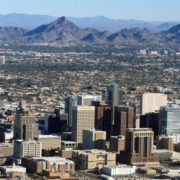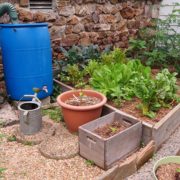With climatologists predicting the potential for above-average precipitation in the months ahead due to the El Niño weather phenomenon, it’s an ideal time to take advantage of the County of San Diego’s upcoming rainwater harvesting workshops and rain barrel rebates.
The County’s Waterscape Rebate Program will host free rainwater harvesting workshops in Fall and Winter 2023. Workshops help residents learn how to capture rainwater to supplement their irrigation needs, save money on water bills, and protect our region’s environment by preventing pollutants from spilling into regional watersheds.
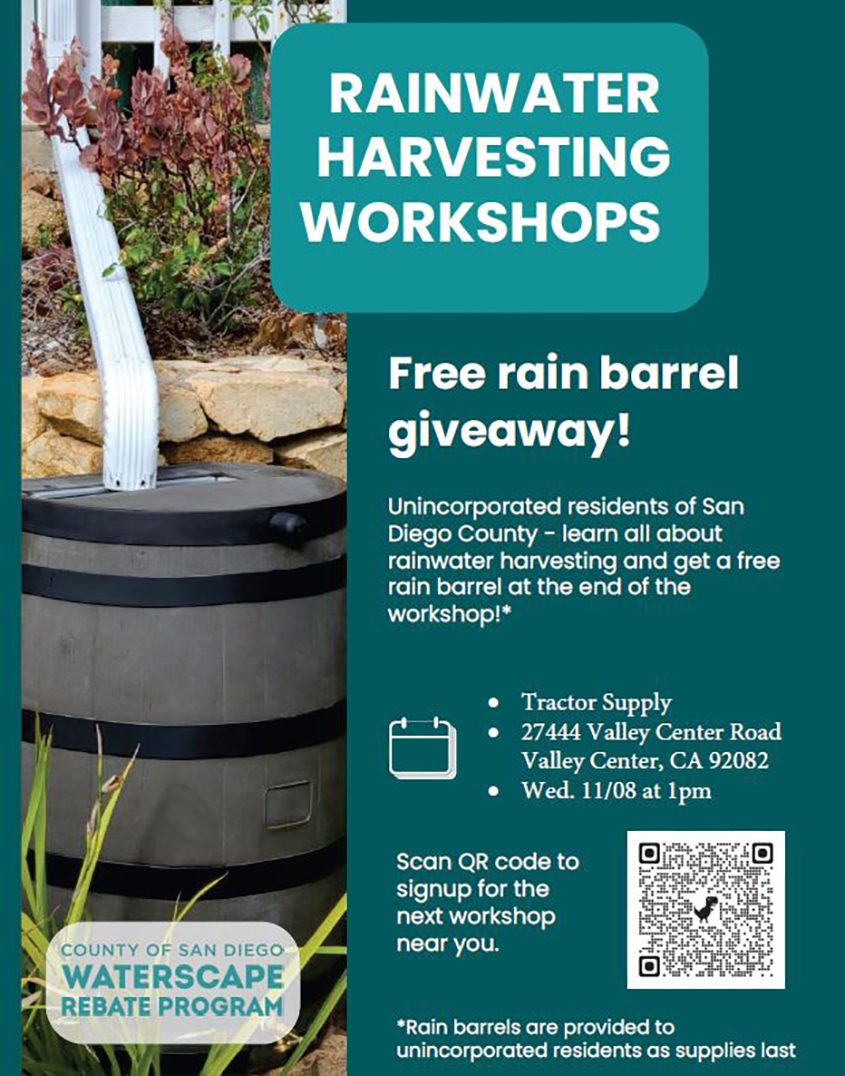
The County of San Diego holds free rain barrel rebate workshops at different locations. Use the QR Code for the latest schedule. Photo: County of San Diego
The next scheduled workshop is Wednesday, November 8, at 1 p.m. at Tractor Supply, 27444 Valley Center Road. Future workshops will be listed on the County of San Diego Waterscape Rebate Program website.
At the end of the workshop, residents who live in unincorporated areas of San Diego County may be eligible to receive a free rain barrel. Participants in incorporated areas can check their rebate eligibility on the San Diego County website’s interactive map.
The County of San Diego Watershed Protection Program (WPP) partners with the San Diego County Water Authority and Metropolitan Water District of Southern California (through SoCal WaterSmart) and can assist residents in determining which program benefits are available.
Capture rainwater
During San Diego County’s limited periods of rainfall, any rainwater captured from your roof and property saves money. It also helps the region maintain its water supplies.
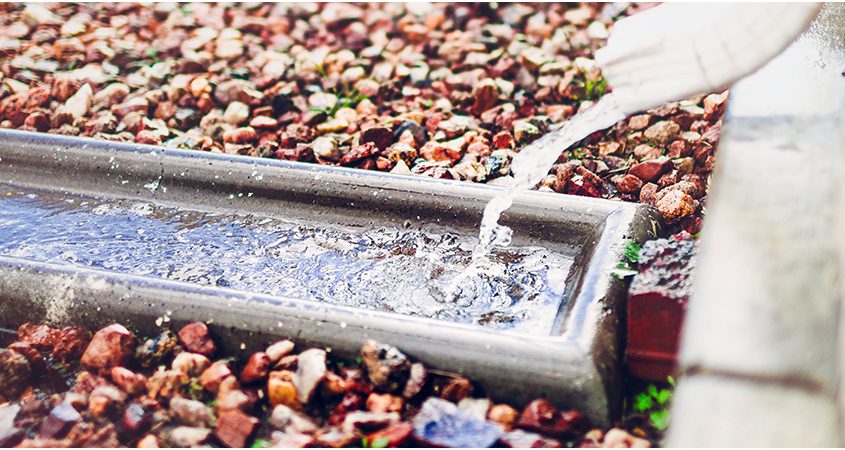
Directing downspouts into water-collecting features in your landscaping makes use of rainfall. Photo: County of San Diego
Workshops introduce residents to several beautiful, efficient ways to save rainwater. In addition to rain barrels, directing downspouts to fill containers lets you choose how to use the rainwater you capture. The overflow should empty onto your yard or a landscape feature to infiltrate the excess flow into the soil. Rain chains can assist with this.
Protecting water quality in watersheds
The Countyl of San Diego is committed to protecting the water quality in county creeks, streams, and coastal areas. Runoff from irrigation, storms, and even faulty septic systems can bring pollutants to county waterways and threaten public health.
When businesses and households make changes to reduce water use and use rainwater in their landscapes, it helps preserve healthy, safe waterways and more reliable water supplies.
How rain barrel rebates work
After buying rain-saving containers or other items eligible for rebates, and have installed them, residents can apply for rebates. Current rain barrel rebates are $35 and are limited to two per household for most San Diego County residents. Multiple projects are eligible. Details at: Socal WaterSmart.
Rain barrels conserve water for WaterSmart landscape maintenance
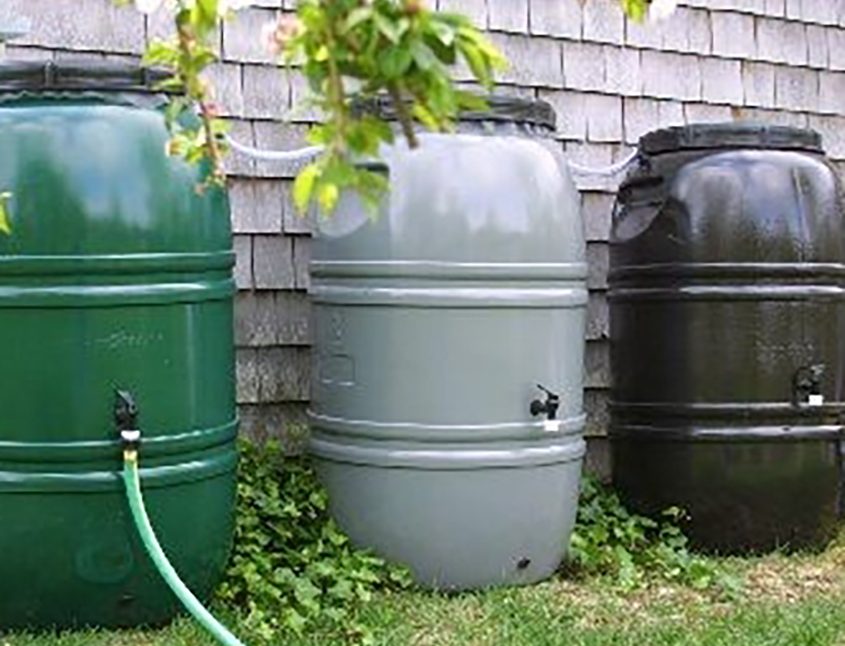
Making use of rain barrels is good for the environment and good for your household budget. Photo: National Audubon Society
Whether or not El Niño results in increased rainfall, even light rain can provide enough water for later use. A roof with a 2,000-square-foot surface area can capture 300 gallons from only a quarter inch of rain.
Stored water can be released gradually into landscaping between winter rainstorms, building up the soil sponge and ensuring that native plants get adequate water during the winter months when they need it most. If additional water is needed in the summer, captured and stored water during the winter could be used as supplemental irrigation.
The Solana Center For Environmental Innovation website has additional information on rain barrels and rebate programs.

